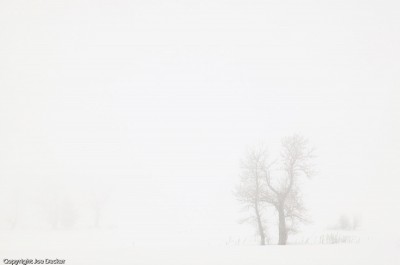The Tuesday Composition: Scale
If you like this article, you can now get the book! Joe has expanded the “Tuesday Composition” series into an inspiring new ebook on composition, especially for nature photography. Check it out: The Tuesday Composition.
One of the axes on which I measure compositions is their degree of complexity–not just the complexity of the image itself but the complexity of the composition.
On one end, we have very simple, spare compositions that embody perhaps a couple of the compositional principles we’ve discussed. On the other end of the spectrum, we have compositions that orchestrate a far greater number of these principles on a smaller scale. Today I’d like to touch on some of the ways these differences affect the effectiveness of your images.
I’ll start by saying that my images tend very much towards the leaner side of this spectrum. One of my first teachers was the late Galen Rowell, who shared this affinity for simplicity. Galen had come to nature photography from mountain-climbing, and as a result had decided to work entirely with lightweight 35mm-format cameras in his own work. Both the smaller format of the slides themselves (compared with medium and large-format cameras) and the presentation of these images in smaller forms (at first, often magazines, I suspect) likely pushed him in the direction of simplicity–if the individual parts of a composition don’t render large enough to move your eye, they’re not going to have much of an effect on your image. While Galen’s images are fantastic even at large scale, their ability to feel compositionally strong even at smaller scales reflects the simplicity and directness of his compositions. (more…)
